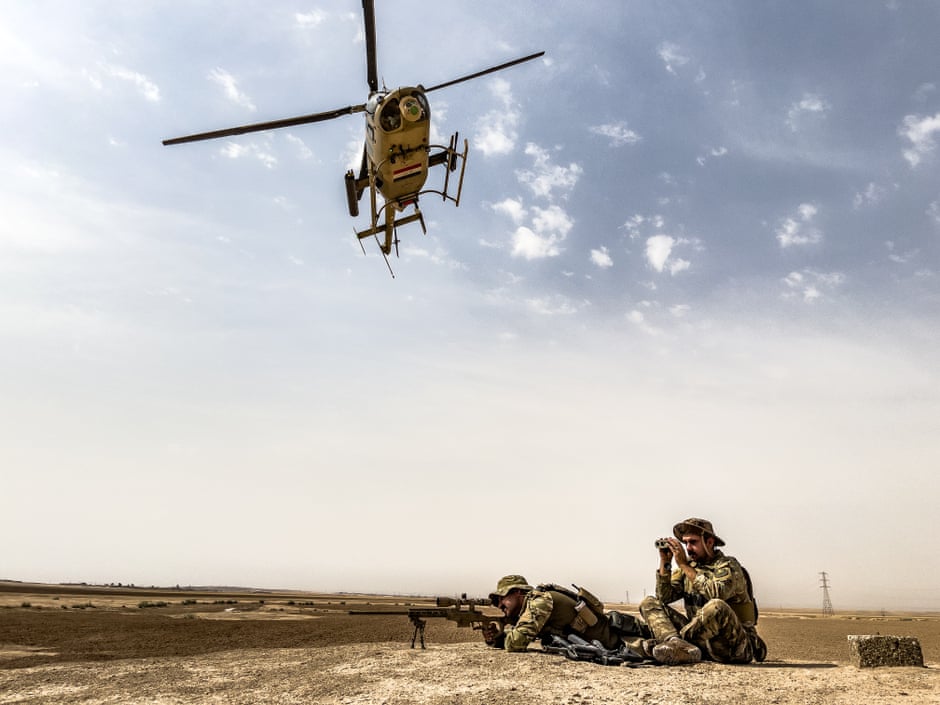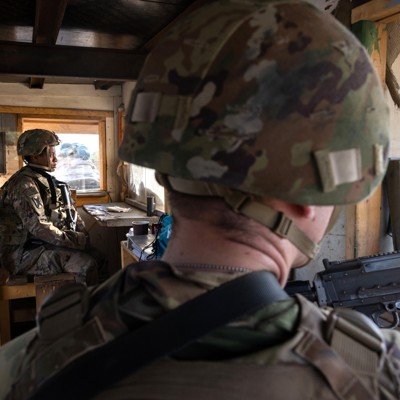Beneath what remains of the 12th-century Al-Hadba minaret, builders work on a project to revive Mosul's Old City, reduced to rubble during Iraq's battle to retake the city from jihadists.
Mosques, churches and century-old houses are being brought back to life in the northern metropolis, which the Islamic State group seized as its stronghold before being pushed out in mid-2017.
"Al-Hadba is the icon of Mosul, the symbol of the city," said Omar Taqa, a supervising engineer with UNESCO, the United Nations heritage body which has launched several projects to restore the city's landmarks.
The minaret was featured on Iraqi 10,000-dinar banknotes before the jihadists flew their black flag from the top of its 45-metre (49 yards) spire.
IS chief Abu Bakr al-Baghdadi made his only confirmed public appearance in July 2014 at the Al-Nuri mosque, where he declared the establishment of a "caliphate".
Three years later Iraq's army and a US-led international coalition had forced the jihadists out of Iraq's second city. The Al-Nuri mosque, and the adjacent leaning minaret -- nicknamed Al-Hadba or the "hunchback" -- were destroyed in June 2017 during the battle to take back the city.
Iraqi authorities had accused IS of planting explosives there before their withdrawal.
"We found 11 mines there, ready to be activated," said Taqa. "Some were hidden inside walls."
Only the central area of the mosque remains, its dome propped up on arches supported by wooden wedges. Atop the columns of grey marble, traces of blue enhance the adjoining capitals.
As for Al-Hadba, only its base remains standing, protected by a sheet of tarpaulin. Having removed about 5,600 tonnes of rubble, the reconstruction of the minaret begins in mid-March -- retaining its tilt -- while work on the mosque is due to begin in the summer.
By the end of 2023, the site should be ready.






